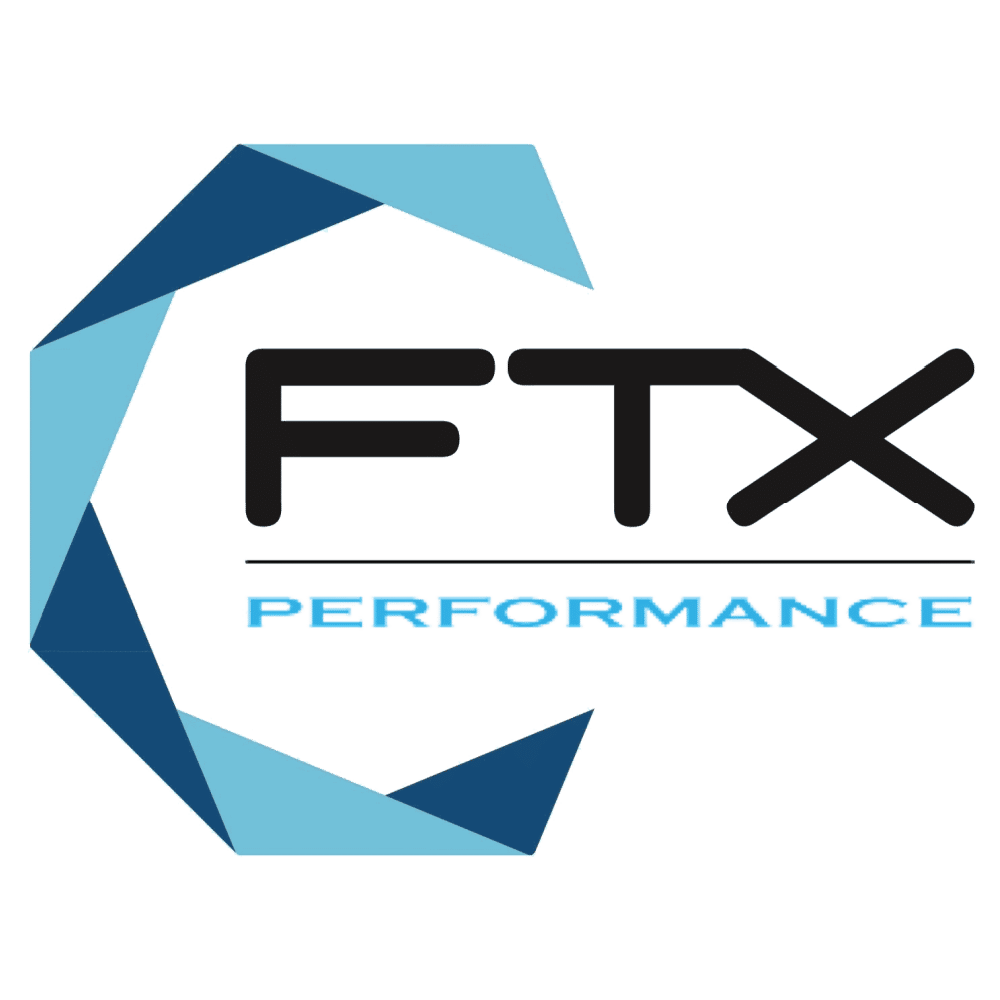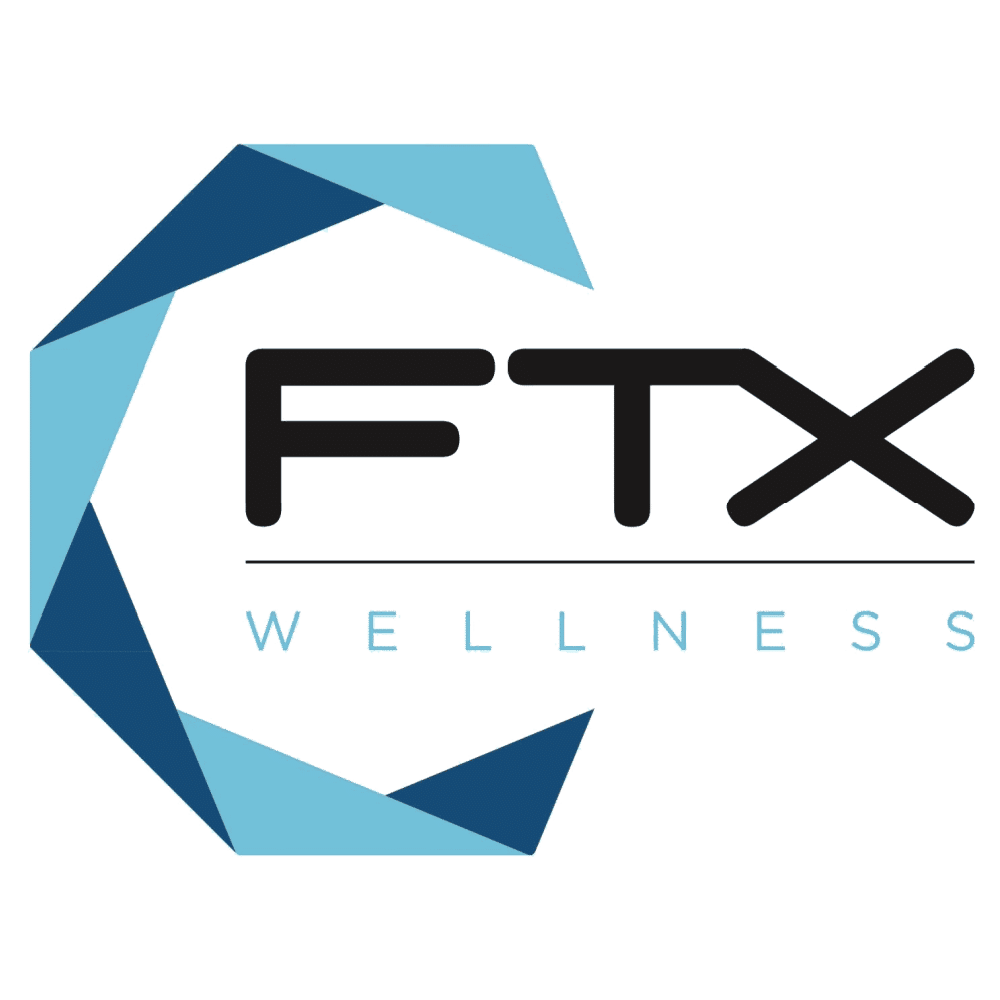Addiction is a complex and difficult condition. It affects the body mentally, emotionally, and physically.
When someone is recovering from addiction, it causes a deficiency of well-being neurotransmitters in their brains, which can lead to
withdrawal symptoms such as anxiety, depression, and physical cravings for mood-altering substances.
These neurotransmitters are directly connected to the alignment of your spinal cord. So when your spine has misalignments (or subluxations) the proper delivery and function of the neurotransmitters are interrupted, making these withdrawal symptoms worse.
Though addiction recovery is a long and difficult process requiring determination and willpower, finding a good chiropractor to align your back can be a massive aid to the recovery of a former addict.
So if your treatment center is looking for new cost-effective ways to keep patients sober for the long haul, a trained chiropractor might just be the answer you’re looking for.
How Does a Chiropractor Help Addiction Recovery?
Trying to overcome addiction is an extremely stressful ordeal to go through, complete with a variety of symptoms. And because drugs, alcohol, and other addictive substances are often used as a way to counter stress for addicts, it prevents the body and brain from being able to handle and control stress without the aid of substances.
Emotional stress builds tension in the neck and back, which can then lead to actual physical pain.
Spinal adjustments and chiropractic care can be used to release these buildups of tension, aiding in both the physical symptoms and emotional symptoms of withdrawal.
The Symptoms of Withdrawal
When a former addict enters into a recovery program, the first 30 days are often the hardest.
Withdrawal from drug use can lead to physical symptoms such as:
- Sweating
- Back pain
- Headaches
- Racing heart
- Palpitations
- Muscle tension
- Tightness in the chest
- Difficulty breathing
- Tremor
- Nausea, vomiting, or diarrhea
Withdrawal can also lead to emotional symptoms such as:
- Anxiety
- Restlessness
- Irritability
- Insomnia
- Poor concentration
- Depression
- Social isolation
However, in severe cases, withdrawal can lead to medically dangerous or even life-threatening conditions such as:
- Grand mal seizures
- Heart attacks
- Strokes
- Hallucinations
- Delirium tremens
Many of these symptoms require a supervised detox with a medical professional, but a chiropractor can perform adjustments on the spinal cord that will lessen physical pain, headaches, muscle tension, and anxiety.
Preventing Self-Medication
One issue that recovering addicts often have to overcome when trying to complete a recovery program is self-medication to lessen the symptoms of their withdrawal.
Though physical pain is often an issue, anxiety and depression can often lead to the urge to use painkillers, alcohol, or narcotics to “take the edge off” and make it easier to continue through the anxiety.
Chiropractic spinal adjustments do not have the negative side effects of drugs and alcohol, nor do they lead back to addictive tendencies, but they do provide enough of a calming effect that patients can overcome the more difficult side-effects of recovery.
The Scientific Evidence
Dr. Jay Holder, a chiropractor from Florida has recently published a study in Molecular Psychiatry on the connection between spinal alignment and drug recovery.
In the study of 100 participants, part of the group received treatment involving chiropractic adjustments, while the another part of the group received only traditional non-chiropractic treatment methods. The third portion of the group received “fake” chiropractic spinal adjustments.
The study found that during a 30-day program, when specified chiropractic spinal adjustments were given in addition to traditional addiction recovery methods, patients had a 100% completion rate of the recovery program.
These patients also reported that the treatment helped lessen their emotional withdrawal symptoms such as
anxiety and depression.
Meanwhile, the groups who received no chiropractic care or “fake” spinal adjustments had just a 55% rate of completing the program. This rate is typical among typical drug recovery patients in traditional programs.
Torque Release Technique
The method of spinal adjustment Dr. Holder focused on in the study was the “Torque Release Technique” which releases pinched tissue trapped between the vertebrates of the spinal cord and tailbone area.
When these tissues are pinched in the spinal cord, it limits the release of certain endorphins from releasing into the limbic system. It also affects the release of neurotransmitters to the set of brain systems believed to be responsible for emotions, preventing them from performing properly.
An Enhancement, Not a Replacement
Spinal adjustments from a chiropractor alone are not an all-encompassing cure for addiction and recovery. It still requires willpower, supervision, behavioral therapy, and possibly supervised detox recovery.
Chiropractic adjustments should instead be viewed as a complement to existing recovery methods and programs to aid in the completion of the programs, and to lessen painful physical and emotional symptoms.
Conclusion
The early stages of addiction recovery are often the hardest part, because it is a time of uncertainty, unmedicated stress, anxiety, and even physical discomfort and pain. Without finding a way to relax, patients in recovery will just become more and more stressed and anxious, which often leads to a relapse.
Patients recovering from an addiction are also usually dealing with a range of overwhelming emotions that they have been using the drugs or alcohol to numb or avoid for a long period of time. Part of which will be the effects that their addiction has had on their lives and the lives of the people around them.
Chiropractic spinal adjustments can bring about an inner stillness and a clear mind, so the patient can properly deal with these overwhelming emotions in a way that is positive and healthy.
Finally, the use of some addictive substances can cause physical pain, either psychosomatic or related to other conditions. Chiropractic therapy helps align the spine in a way that allows stress-relief neurotransmitters and pain-relief endorphins to be released into the emotional centers of the brain.
This means that the chiropractic spinal adjustments take the place of the patient’s former stress and pain relief methods.
So if you’re looking for ways to cut costs for your addiction recovery center, and if you want to aid your patients in completing the recovery program and staying clean and sober for life, then a chiropractor could be the aid to addiction recovery that you’ve been looking for.
Contact us today for questions on our portfolio of addiction services for treatment centers.





